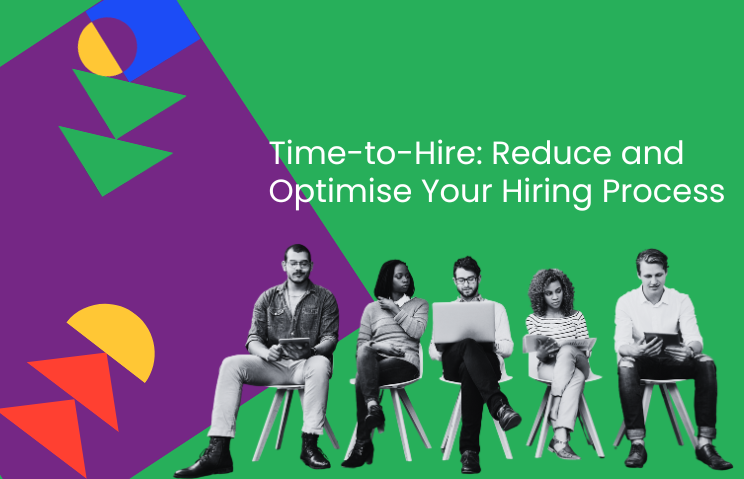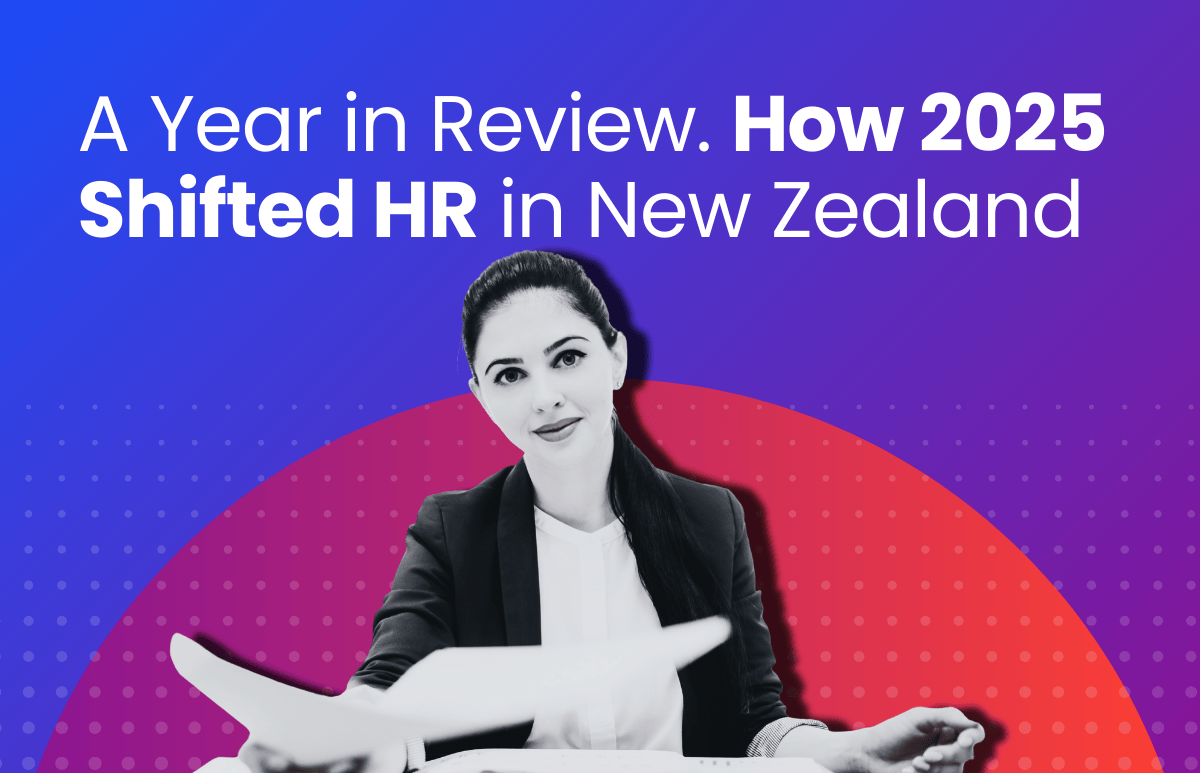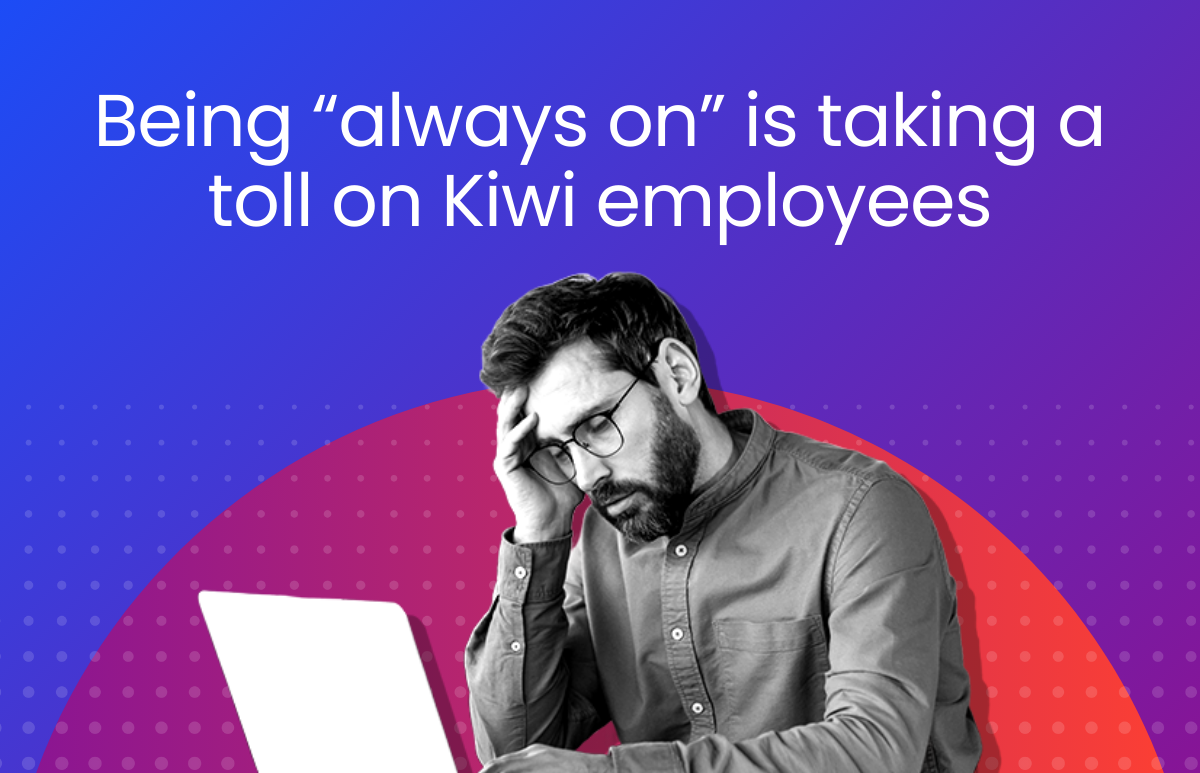Time-to-Hire: Reduce and Optimise Your Hiring Process
A shorter time-to-hire not only saves resources but also helps you land top talent before they're snatched up by competitors.

The average time-to-hire is 44 days. That’s over a month of nail-biting waiting, missed opportunities, and top talent slipping through your fingers. For human resources professionals and recruiters, this isn’t just a number – it’s a daily struggle against the clock.
Skilled candidates are always in high demand, so every day counts. This prolonged hiring process isn’t just frustrating for those who want the position filled, it’s costing businesses dearly in productivity, morale, and lost revenue.
What if you could hire faster and get the best candidates before anyone else? This advantage could help you stay ahead in the hiring process. Reducing the time it takes to hire can give you the upper hand in finding top talent, and sourcing top candidates quickly can give you a competitive edge in the recruitment process.
What is time-to-hire?
Time-to-hire is a metric that shows how long it takes for a candidate to get a job offer after applying. It measures the average time to fill a job position. It is often used as crucial indicator of the efficiency and effectiveness of a company’s hiring process.
How to calculate time-to-hire?
Time-to-hire is calculated by subtracting the date a candidate entered the hiring pipeline from the date they accepted the job offer. This metric measures the efficiency of the recruitment process and can be tracked for individual positions or averaged across multiple hires. For example, if a candidate applied on January 1st and accepted the offer on January 15th, the time-to-hire would be 14 days.
What is the general average time-to-hire for different industries?
According to data from Pinpoint, the average TTH can range from as low as 21.5 days in the construction industry to 52 days in the technology sector 1 2 . This gap highlights the unique challenges faced by recruiters in different industries.
In the tech industry, for example, the high demand for niche skills and intense competition for top talent can lengthen the hiring process 3 . Companies often conduct multiple rounds of interviews and assessments to ensure they secure the best candidates, which can extend the TTH. On the other hand, the construction sector may have a larger pool of qualified candidates, allowing for quicker hiring decisions 3 .
The healthcare industry also tends to have a longer TTH due to the strict requirements for qualifications, certifications, and background checks 2 . Filling specialised roles like doctors and nurses requires a thorough assessment process to ensure patient safety and compliance with regulations.
Interestingly, the mining sector often has a shorter TTH compared to other industries 1 . This could be attributed to the localised nature of mining operations, where companies have established talent pipelines in specific regions.
What are the factors that contribute to extended time-to-hire?
Several factors contribute to extended time-to-hire, impacting various industries differently:
Internal factors:
- Complex hiring processes: Multiple interview rounds, extensive background checks, and numerous approval stages can significantly lengthen the hiring process.
- Inefficient recruitment practices: Manual processes, lack of clear communication between stakeholders, and inadequate use of technology can create bottlenecks and delays.
- Poorly defined job descriptions: Unclear or overly demanding job requirements can attract the wrong candidates, leading to wasted time reviewing applications that aren’t a good fit.
- Decision-making delays: The hiring process can be delayed when there are doubts or conflicts among the hiring managers, particularly if there are numerous stakeholders engaged.
External factors:
- Competitive talent market: In specialised fields such as technology and healthcare, the high demand for skilled candidates means top talent often receives multiple job offers. This competitive landscape can lead to candidates accepting other positions, forcing companies to restart their hiring process and further extending the time-to-hire.
- Stringent regulatory requirements: Healthcare, specific skillsets and government jobs often need licences and background checks, which can slow down the hiring process.
- Economic conditions: During tough economic times, there may be more people applying for jobs, which can make it harder to find the right candidates.
- Geographic location: Hiring in remote or regional areas can be challenging because of limited talent pools and logistical considerations.
Industry-specific factors:
- Healthcare: Extensive credential verification, licensing requirements, and reference checks contribute to longer hiring timelines in healthcare.
- Government and public sector: In the public sector, hiring is often delayed by bureaucratic processes, multiple approval levels, and budget constraints.
- Technology: Tech companies may take longer to hire because of needing specific skills, tough tests, and offers from other companies.
What are the impacts of prolonged time-to-hire?
Prolonged time-to-hire can have significant negative impacts on both the organisation and potential candidates:
Impacts on the organisation:
- Increased costs: When a position is empty, companies lose money from lower productivity, missed chances, and ongoing recruitment costs.
- Lower morale and productivity: Existing employees may experience burnout and decreased morale as they are required to take on additional responsibilities to cover the vacant role.
- Loss of competitive advantage: Not filling important positions quickly can slow down projects, stop new ideas, and limit growth, giving competitors an advantage.
- Damaged employer brand: Long hiring processes can make candidates think poorly of the company, causing them to choose competitors instead of continuing the recruitment process, or accepting an offer.
- Higher risk of bad hires: Hiring managers sometimes rush to fill a position. This can lead to hiring less qualified candidates. As a result, there may be high turnover and lower performance.
Impacts on candidates:
- Negative candidate experience: Lengthy and unresponsive hiring processes can frustrate and disengage candidates, leading them to withdraw their applications or accept other offers.
- Loss of interest: Highly skilled individuals may lose interest in a job opening if the hiring process drags on for too long. They might believe that the company is disorganised or not genuinely interested in them. This perception can lead them to look for other opportunities or withdraw their application altogether. Consequently, the company might miss out on the chance to hire top talent.
- Damaged reputation: Candidates may share their negative experiences with others, potentially harming the company’s reputation and making it harder to attract future talent.
- Financial impact: Extended job searches can create financial strain on candidates who are unemployed or underemployed.
- Missed opportunities: Candidates could miss out on better job opportunities if they wait for a decision. This could hinder their career advancement. They may miss chances to further their careers.
How to improve time-to-hire?
1: Streamline the recruitment process
- Ensure that job descriptions clearly state the duties and skills required for the position. This will help in attracting suitable candidates and prevent wasting time on unqualified applicants.
- Use tools like ATS and AI resume screening to automate early hiring stages and find the best candidates faster.
- Keep candidates informed about their application status and provide constructive feedback promptly to maintain engagement and manage expectations.
- Develop a consistent interview process with predetermined questions and evaluation criteria to ensure fairness and efficiency.
2: Leverage technology and data
- Use social media platforms and other online channels to promote your employer brand and reach a wider audience of potential candidates.
- Examine recruitment data to find the best ways to attract the right candidates.
- Use data to monitor important metrics such as how long it takes to hire someone, where hires come from, and how good hires are. This helps find problems and ways to make hiring better.
3: Building a strong employer brand
- Show what makes your company special – its culture, values, and mission – to attract people who share your goals and beliefs.
- Show how employees have succeeded and grown at your company to highlight the great opportunities and advantages it offers.
- Ensure your compensation and benefits are competitive to attract top talent and reduce the time spent in negotiating offers.
4: Partnering with recruitment agencies (if applicable)
- Choose an agency that knows your industry and location to find more talent and make sourcing easier.
- Set goals, timelines and communication channels with the agency to make the partnership work.
5: Addressing skills shortages and diversity
- Create training programs to improve skills and careers, so you don’t need to hire people from outside for specialised roles.
- Actively seek out and recruit candidates from diverse backgrounds to foster an inclusive workplace and broaden your talent pool.
- Consider offering flexible work options like remote work or flexible hours to attract a wider range of candidates and accommodate diverse needs.
6: Enhancing recruitment strategies
- Develop a database of qualified candidates who have expressed interest in the company or have been identified through proactive sourcing efforts. This pool can be tapped into when new positions open, reducing the need to start from scratch.
- Leverage existing employees’ networks to identify and attract qualified candidates, often leading to faster hires and better cultural fit.
- Strategically place job ads on relevant job boards and platforms to reach the right audience and attract qualified candidates.
These strategies can help you hire better candidates faster and keep your company attractive to top talent.
Case study of successful “Time to Hire” reduction
Donovan Group successfully improved their time-to-hire through a three-pronged approach:
- Technology: They adopted ELMO Recruitment software, a cloud-based platform that automated and streamlined their entire recruitment process. This included custom workflows tailored to their needs and data-driven insights for continuous improvement.
- Process improvement: They moved away from non-centralised and manual processes, adopting a centralised recruitment function and integrating various ELMO modules for seamless onboarding. This involved a comprehensive review of existing processes to identify and eliminate slowdowns.
- Strategic decision-making: Furthermore, they opted for a flexible HR system (ELMO) that could grow with the company and gave employees more control over their own HR needs. This allowed HR professionals to focus on strategic initiatives rather than administrative tasks.
This diverse strategy significantly reduced time-to-hire, enhanced efficiency, improved the employee experience, and strengthened their employer brand.
Key takeaways
Time-to-hire is a critical metric for businesses operating in a tough job market. Businesses need to focus on improving their recruitment process to remain competitive.
Here are some key strategies to consider:
- Streamlining applications and screening: Make job postings clear and easy to understand, use tech tools to help find the right people, and give candidates updates quickly.
- Leveraging technology and data: Showcase your company on social media to attract great people. Use data to spot and fix any issues that slow down hiring.
- Building a strong employer brand: Showcase company culture, employee stories, and offer competitive compensation and benefits.
- Partnering with recruitment agencies (if applicable): Choose the right agency and establish clear communication channels.
- Addressing skills shortages and diversity: Additionally, invest in training to boost employee skills, look for talent in overlooked groups, and offer flexible work options.
These strategies help businesses hire faster, make the process better for job seekers, and find the best employees. Remember, flexibility and a focus on efficiency are key to success in this competitive market.
Source links:
[1] https://www.careerplug.com/wp-content/uploads/2022/03/2022-Recruiting-Metrics-Report.pdf
 HR Core
HR Core 









